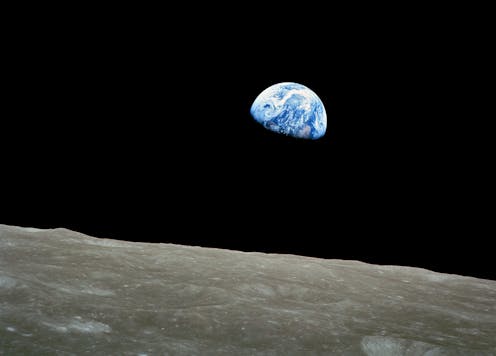

Authors: Shichun Huang, Associate Professor of Earth and Planetary Sciences, University of Tennessee
Read more


